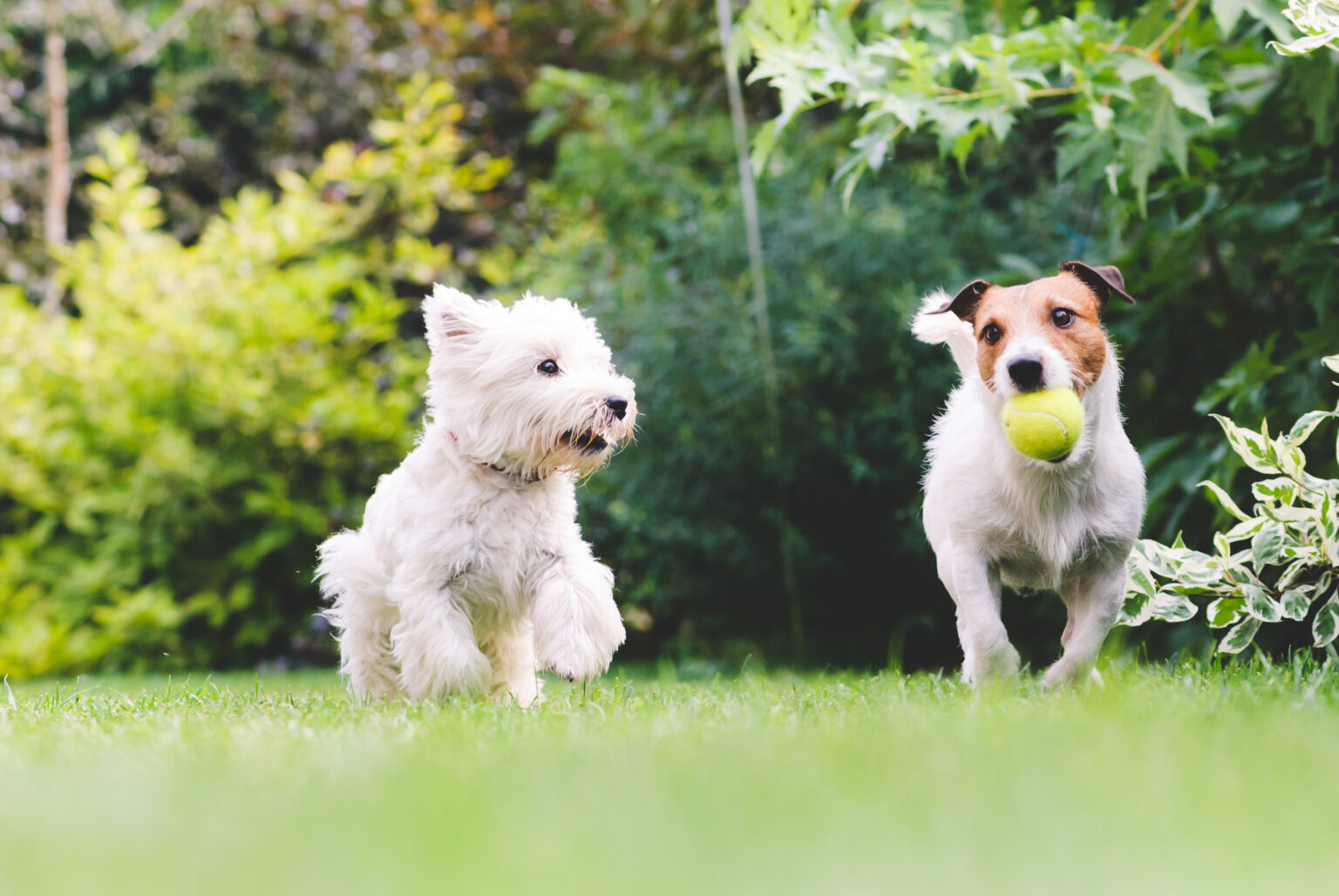We all know how important exercise is for our pets – so essential that it’s up there with food, shelter and love. But how do you know if your cat or dog is getting enough? In today’s article, we look at simple ways to make exercise part of any pet’s routine.
Exercise has so many health benefits, it’s no wonder it makes pets so happy. Physically, it helps maintain a healthy weight, improves our digestion, reduces inflammation, and it keeps our muscles toned; while mentally, it’s an instant mood lifter when we are feeling down or stressed.
Going out for a walk with your dog or playing with your cat is also a fun way to bond with your pet. And different games and activities will wake up their senses and keep their mind alert. Pets love to explore and sniff around, so it’s easy to see how playtime, walks and time outdoors means so much to them.
Signs your pet isn’t getting enough exercise
Like people, pets have individual needs depending on their lifestyle, age and health. A good rule of thumb is that dogs need at least one daily walk of 30 minutes, and cats need a few play sessions of 10-15 minutes a day. However, every pet is different, so let them guide you as to what is good for them.
These are some of the signs your pet may need more exercise:
- Weight gain
- Apathy
- Destructive behaviour
- Restlessness
- Attention seeking
Building the pace
Always introduce exercise gradually, so you can build up to each activity. For example, you can start with 5 minutes at a time, especially if your pet is very young, senior, or overweight. Once you have a good idea of your cat or dog’s endurance base, you can decide what the ideal duration and intensity should be. Both humans and animals are creatures of habit, so having a daily routine can contribute to your pet’s wellbeing.
Don’t be afraid to mix things up a little! Any activity that gets your pet’s heart rate up (within reason) works, so switching between activities will help keep them interested.
Exercise ideas for cats
Cats love to chase and hunt, so any game that satisfies this instinct will keep them engaged. Toy mice and birds, feathers, streamers… these are all perfect for playing chase games, especially fishing rod-type toys, which make it extra easy to drag across the floor for your cat to stalk and pounce. Just make sure you let them catch the toy sometimes!
Laser pointers are extremely popular with cats, too. They’ll love to chase the beam of light around, but use these for short periods of time so your cat isn’t left frustrated. And above all, avoid flashing the beam directly into their eyes, as this can damage their retina.
If you have an indoor cat, a cat tree, tower or scratching post is a must, as they can help encourage all those activities your feline friend would instinctively do outside: like stretching, climbing and sharpening their claws.
Exercise ideas for dogs
Most dogs are happy to go outside for a walk no matter the time of the day or weather, so it’s usually easier to squeeze an exercise routine into their day. Again, consistency is key, so always aim to stick to your programme, whether it’s 30 minutes a day or one and a half hours split into several walks.
Variety is the spice of life! Keep walks interesting by changing your route from time to time and let your pooch have a sniff around. Seeing other dogs will help them socialise with fellow pups and practise the rules of canine behaviour.
You can also alternate the pace of your walk from normal to brisk every once in a while. Just make sure your dog isn’t struggling. For example, see how he or she reacts when you get home and prepare to go outside the next day. If there’s any hesitation, you may want to consider a milder walk next time.
Want to take your walk to the next level? Bring some treats to toss into the grass in your local park, or add some off-leash play time by bringing a ball or a tug toy. At the end of the day, exercise invites creativity, so you may discover new and fun ways to perk up your routine.
That is all for now. But next up in our New Year’s Resolutions series is an article about oral care, where we’ll give you some great tips on how to keep your pet’s teeth clean, healthy and strong. See you next week!



